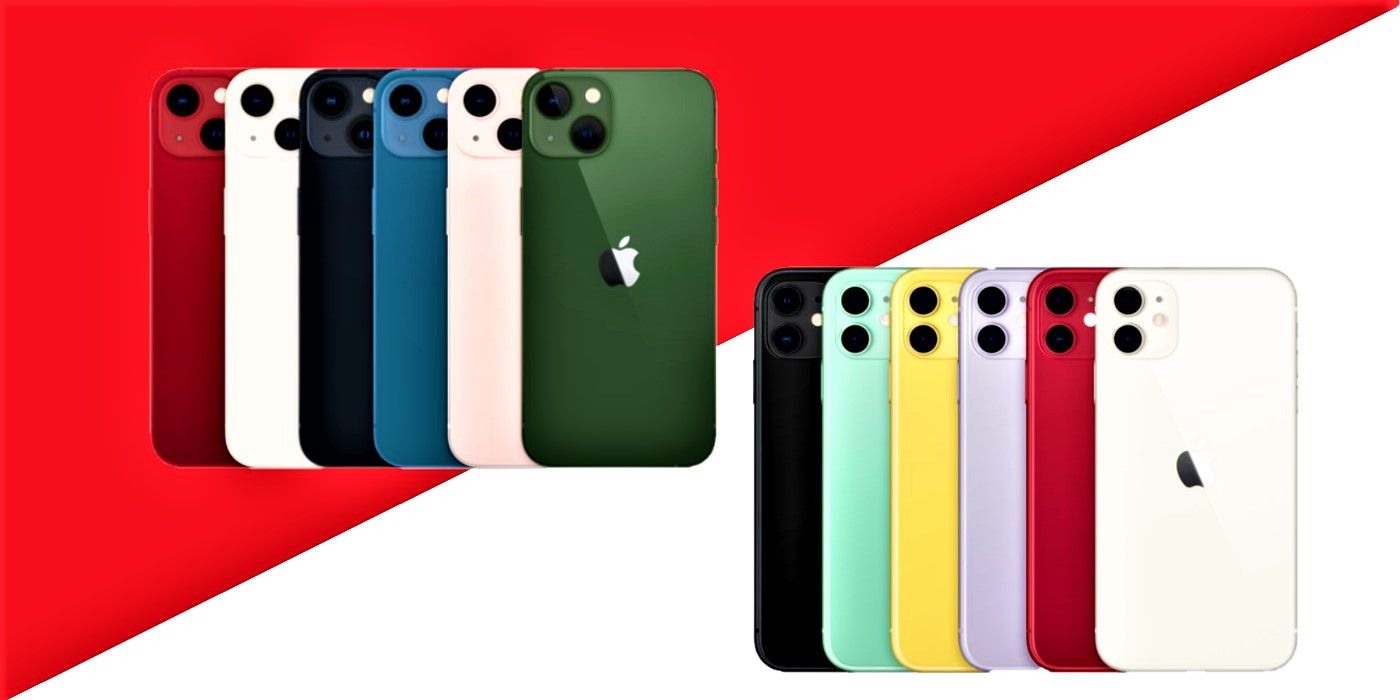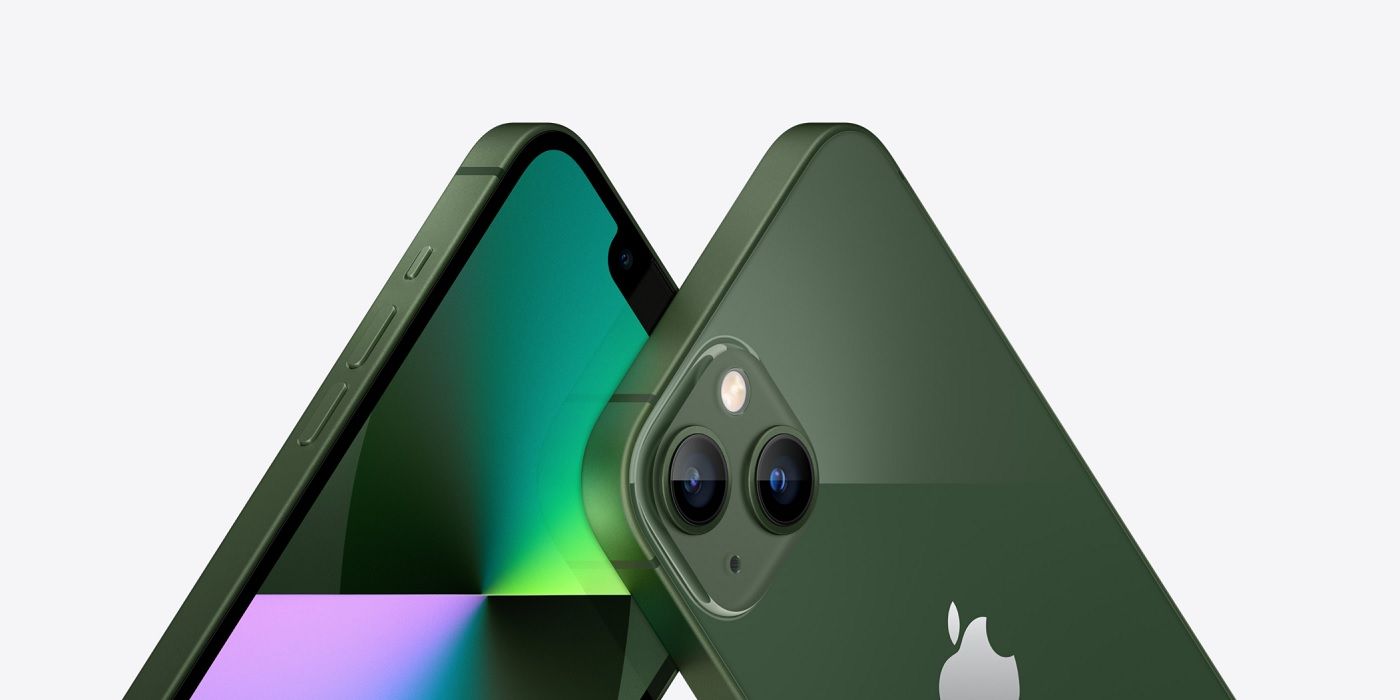The iPhone 11 still has a few aces up its sleeve despite having launched back in 2019, but how does it hold up against the current-gen iPhone 13? Despite the two-year generational gap, there are certain areas where the iPhone 11 can be just as competitive as the iPhone 13. Apple's iPhones tend to reuse the same design for a few years, and the same can be said of the iPhone 13 and its predecessors.
The iPhone 13 made its debut in September 2021 and features the same notch, screen size, and dimensions as the iPhone 12, with more meaningful improvements in the internal components. Compared to its predecessor, it offers a brighter display, a more powerful processor, and longer battery life. The iPhone 11 falls short on these aspects, but still features specs that can be deemed competitive, even when compared to some newer models. Of course, this now begs the question, how well does the iPhone 11 live up to current flagship smartphone standards? The answer depends on the area of comparison.
Based on the specifications, the iPhone 13 sports a sharper and much better overall display, featuring a 6.1-inch Super Retina XDR OLED screen with a 2,532 by 1,170 resolution and a pixel density of 460 PPI. The iPhone 11 also utilizes a 6.1-inch screen, albeit with a dated LCD panel, a lower 1,792 x 828 pixels resolution, and a 326 PPI pixel density. These generational differences are also seen in the performance department, with the iPhone 13 running on the superior A15 Bionic processor, and the iPhone 11 utilizing the older A13 chip. In terms of battery life, the iPhone 13 offers up to 19 hours of video playback and up to 75 hours of audio playback, while the iPhone 11 offers 17 hours of video playback and 65 hours of audio playback. Both phones offer the same fast charging speeds (50% in 30 minutes) and Qi wireless charging, but only the iPhone 13 supports MagSafe charging accessories.
iPhone 13 Has The 5G Advantage
While the iPhone 13 might seem better on paper, its differences with the iPhone 11 might not be as substantial when it comes to the cameras. For starters, both models utilize similar dual 12-megapixel main shooters, with the iPhone 13 getting a brighter f/1.6 aperture wide lens (vs f/1.8 on the iPhone 11). In terms of photo and video quality, however, it's going to be difficult to tell them apart, as the camera hardware differences are less significant. Sure, the results will look a bit better and brighter on the iPhone 13 given its processor, software optimizations, and better image stabilization technology, but there won't be any 'night and day' differences compared to the iPhone 11. That said, iPhone 13 users will benefit from new camera features like Cinematic video mode and Photographic Styles.
Both iPhones feature a dust and water-resistant IP68 rating, so durability won't be a problem for the iPhone 11. One area where the older iPhone falls short is cellular network support. The iPhone 13 supports 5G, while the iPhone 11 comes with Gigabit LTE. That said, if users don't need the fastest network speeds or performance, the iPhone 11 is adequate for most use cases and costs about $300 less than the iPhone 13's $799 starting price. Unless 5G connectivity or resource-heavy performance is an urgent requirement, iPhone 11 users might be best off waiting until the next iPhone to get any key features they might be missing out on.


